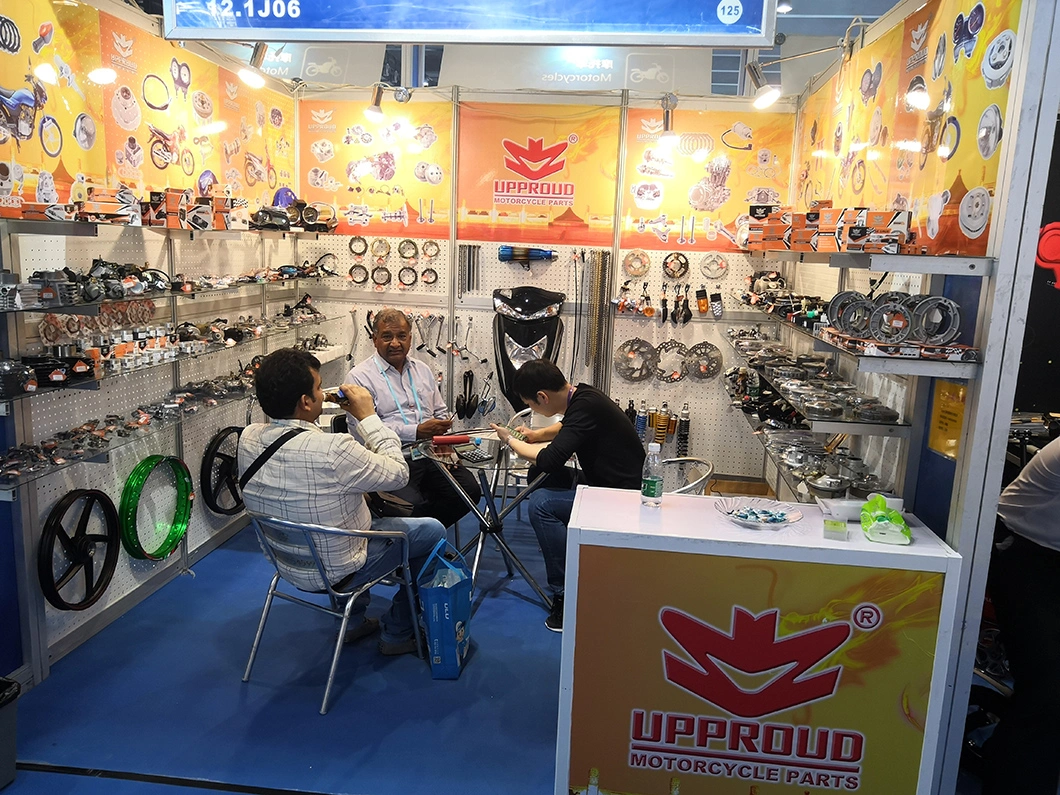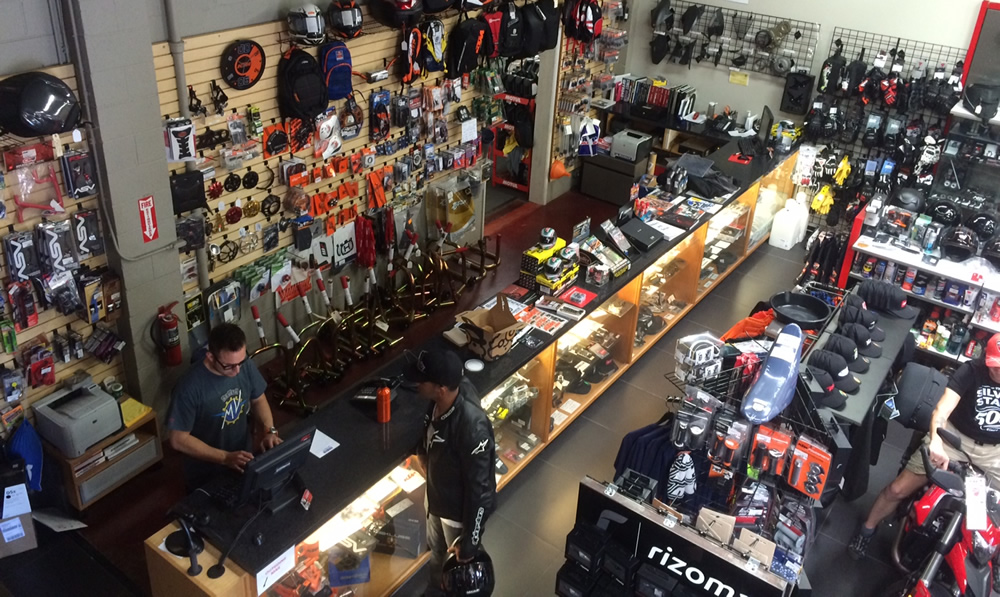Leading MX Gear NZ: Get Ready for Your Following Off-Road Journey
Wiki Article
Understanding Motorbike Gears: How to Enhance Your Riding Experience
In the world of motorcycling, understanding the art of equipment manipulation is important for improving your riding efficiency. Effectively understanding and using bike equipments can significantly impact fuel, acceleration, and control effectiveness, changing a typical experience right into a smooth, electrifying journey.Understanding Gear Mechanics
At the core of bike dynamics, equipment auto mechanics play a pivotal duty in converting engine power right into motion, inevitably dictating rate and control. The gear proportions, carefully created, determine the connection in between engine transformations and wheel turns, influencing acceleration and gas efficiency.
Understanding gear mechanics begins with identifying the value of the gearbox, which houses numerous gears of differing dimensions. These gears connect through a procedure called meshing, where teeth of various equipments engage to transfer power. The precision of this interaction is crucial; any type of misalignment or damage can result in ineffective power transfer, preventing performance. Furthermore, the plan and size of gears affect the bike's ability to deal with various lots and rates.
In addition, the principle of equipment shifting is integral to making best use of performance. Timely and smooth shifts ensure that the engine operates within its optimal power band, preventing unnecessary strain and enhancing longevity (motorcycle parts nz). By comprehending these mechanical complexities, bikers can achieve a harmonious mix of control, power, and effectiveness, elevating their riding experience
Timing Your Changes
Change timing mastery is important for optimizing motorcycle efficiency and improving the riding experience. Correctly timed shifts make certain that the engine runs within its ideal power band, which is essential for maintaining control, attaining smooth acceleration, and guaranteeing the longevity of the bike. Motorcyclists should develop an instinctive sense of when to shift equipments, which involves comprehending the partnership between engine changes per min (RPM) and speed.To understand shift timing, pay close focus to the engine's noise and feel, as these supply important ideas regarding when to change equipments. The perfect change point commonly happens when the engine comes close to the upper series of its power band without reaching the redline. Shifting prematurely can lead to an absence of power, while shifting far too late might cause unnecessary engine pressure
Additionally, road problems and riding design influence shift timing. For circumstances, in urban settings, smoother and extra frequent shifts might be necessary to navigate web traffic successfully. In contrast, during freeway riding, fewer shifts at greater speeds can be more suitable. Practicing in different settings will improve your ability to time shifts exactly, eventually boosting your riding experience to a specialist level.
Enhancing Gas Performance
While mastering bike equipments is crucial for performance, enhancing fuel efficiency is equally important for both economic and environmental factors. Optimum gas usage not only decreases operational costs but additionally decreases the eco-friendly footprint of riding. To achieve this, one should understand the intricate partnership in between equipment choice and engine performance.Firstly, picking the ideal equipment at suitable speeds can significantly influence gas usage. Riding in a higher equipment at lower speeds can bring about engine hauling, which is damaging to both fuel economy and engine wellness. Alternatively, riding in lower gears at broadband leads to unnecessary gas consumption. Therefore, maintaining an optimum equilibrium by shifting equipments abreast with road problems and expected maneuvers is important.
In addition, routine maintenance plays an essential role in gas efficiency. Ensuring that the motorbike is well-tuned, with tidy air filters and appropriately inflated tires, can reduce and improve the rules of aerodynamics fuel wastefulness. Furthermore, taking on a riding style that accepts steady acceleration and smooth deceleration can add to better fuel economic situation.

Techniques for Smooth Transitions
Attaining smooth gear shifts is fundamental to enhancing the riding experience and making certain the longevity of a motorbike's transmission system. Proper gear moving not just adds to a smooth ride learn this here now however additionally minimizes get more wear and tear on the mechanical elements. To grasp the art of smooth changes, cyclists must concentrate on a few essential methods.
Secondly, clutch control plays a critical function. Engaging and disengaging the clutch smoothly calls for technique. The clutch bar ought to be released gradually, permitting for a smooth transfer of power from the engine to the wheels without triggering a jolt or abrupt activity.

Adapting to Roadway Conditions
Browsing diverse road problems is a vital skill for any kind of motorcyclist aiming to keep control and security. Whether you're riding on wet surface areas, gravel roadways, or browsing sharp turns, your capacity to adapt your gear usage and riding technique is vital. Understanding just how to adjust your equipments appropriately can dramatically impact grip and stability, making sure a safer journey.In contrast, when riding on gravel or unequal surface, reduced equipments are preferable. Lower equipments give better control and allow you to respond more quickly to unanticipated adjustments in the road surface.
Sharp curves demand exact equipment monitoring to stabilize rate and control. Downshifting prior to entering a curve can help maintain click over here now momentum while guaranteeing the motorbike stays secure throughout the turn. Regular technique in diverse problems boosts your capacity to predict and react to adjustments in roadway appearance and slope.
Final Thought
Grasping motorbike equipments considerably boosts the riding experience by boosting control, fuel, and velocity effectiveness. An extensive understanding of gear mechanics and precise change timing ensures the engine runs within its ideal power band, while smooth shifts through effective clutch and throttle control rise comfort and performance. Adjusting equipment choice to various roadway problems, such as utilizing higher equipments on wet surfaces and reduced gears on gravel, more improves handling and safety. Inevitably, these abilities elevate the total trip.Understanding gear technicians begins with identifying the importance of the transmission, which houses several equipments of varying dimensions. These equipments communicate via a process recognized as meshing, where teeth of different gears involve to transmit power (moto parts nz). Gentle changes to the throttle during gear changes can prevent jerky motions and keep a consistent riding speed
Whether you're riding on damp surfaces, gravel roadways, or browsing sharp turns, your ability to adapt your equipment use and riding technique is critical. Adjusting equipment selection to different roadway problems, such as making use of higher gears on wet surface areas and reduced equipments on gravel, additional enhances handling and safety and security.
Report this wiki page